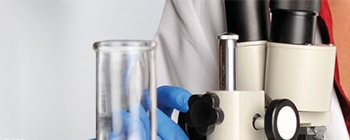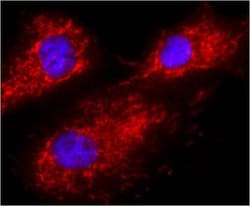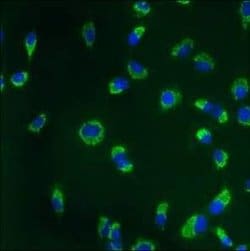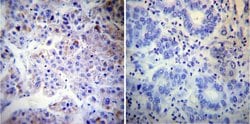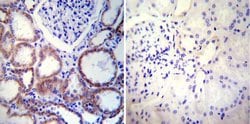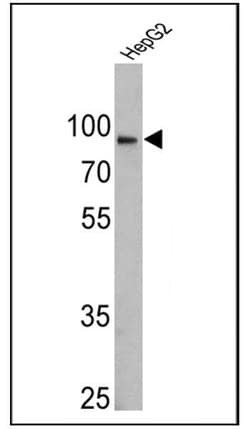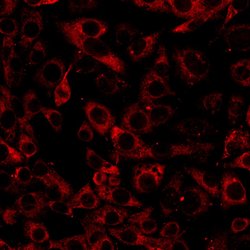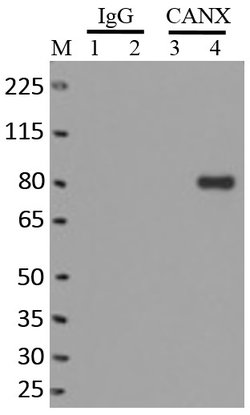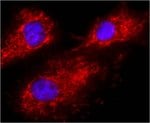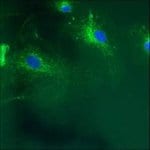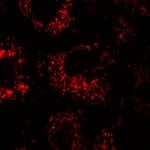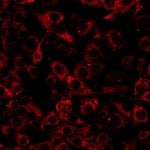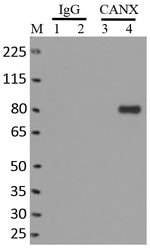Learn More
Calnexin Monoclonal Antibody (AF18), Invitrogen™
Mouse Monoclonal Antibody
Supplier: Invitrogen MA3027
Description
MA3-027 detects calnexin from human and mouse tissues. MA3-027 has been successfully used in Western blot, immunocytochemistry, immunofluorescence and immunoprecipitation protocols. By Western blot, this antibody detects calnexin in human liver, skin, adrenal gland, heart, colon, testes and ovary extracts. This antibody is not recommended for human kidney or mouse liver lysates in Western blot applications. The predicted molecular weight of this antibody is ∽67kDa; however, it may run on SDS-PAGE as an ∽90kDA protein. This is due mainly to negative charges at the C-terminus of the protein, which effects the SDS binding to the molecules and consequently its SDS-PAGE mobility. Immunocytochemical staining of calnexin in Huh-7 cells with MA3-027 yields a pattern consistent with specific endoplasmic reticulum staining. The MA3-027 antigen is Focus human hepatoma cell lysate.
Calnexin, also referred to as IP90, p88 and p90, is an approximately 90 kDa integral membrane protein of the endoplasmic reticulum (ER). Many resident ER proteins act as molecular chaperones and participate in the proper folding of polypeptides and their assembly into multisubunit proteins. Studies indicate that calnexin associates with the major histocompatibility complex (MHC) class I heavy chains, partial complexes of the T cell receptor and B cell membrane immunoglobulin, but not with completed receptor complexes. It has been shown that calnexin is a chaperone that retains incompletely or improperly folded proteins in the ER. The sequence Lys-Asp-Glu-Leu (KDEL) or a closely related sequence, is present at the carboxy-terminus of soluble ER resident proteins such as GRP78 and GRP94 and protein disulfide isomerase. Integral membrane ER resident proteins, like calnexin, often lack this KDEL sequence but contain positively charged cytosolic residues that ensure ER retention. Calnexin contains a large ER luminal domain (461 amino acids), a transmembrane segment (22 amino acids), and a cytoplasmic tail (89 amino acids).Specifications
| Calnexin | |
| Monoclonal | |
| 1 mg/mL | |
| PBS with 0.05% sodium azide | |
| P27824, P35564 | |
| CANX | |
| Focus human hepatoma cell lysate. | |
| 100 μL | |
| Primary | |
| Human, Mouse | |
| Antibody | |
| IgG1 |
| Immunocytochemistry, Immunohistochemistry, Immunoprecipitation, Immunoprecipitation, Western Blot | |
| AF18 | |
| Unconjugated | |
| CANX | |
| 1110069N15Rik; AI988026; calmegin; calnexin; canx; canx-a; canx-b; clgn; clnx; cnx; D11Ertd153e; FLJ26570; hypothetical protein; IP90; Major histocompatibility complex class I antigen-binding protein p88; p88; P90; PP90; pp90 precursor | |
| Mouse | |
| Protein A | |
| RUO | |
| 12330, 821 | |
| -20° C, Avoid Freeze/Thaw Cycles | |
| Liquid |
